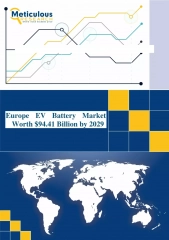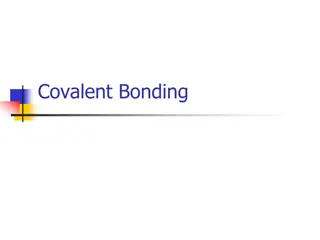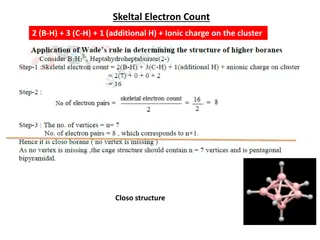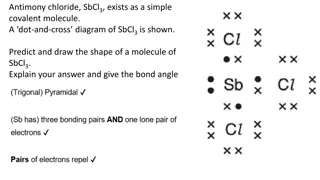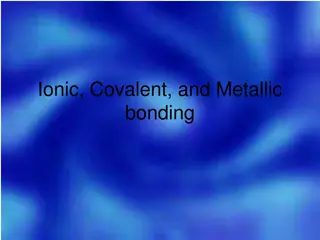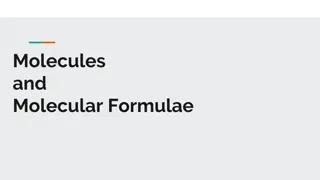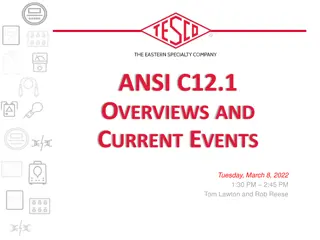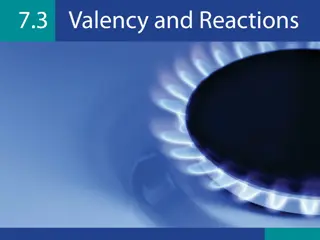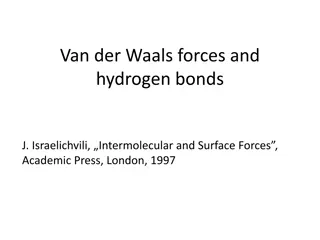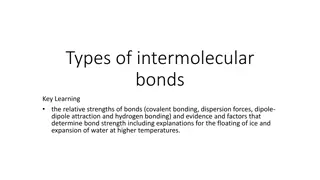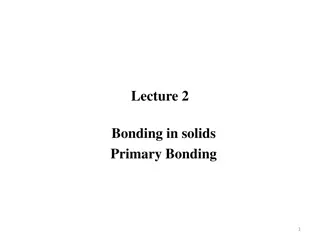
Chemistry Fundamentals: Electron Configuration, Valence Electrons, Chemical Bonding
Explore electron configuration of Phosphorus, understand valence electrons, learn about compound formation, types of chemical bonding (ionic, covalent, metal), and basics of Lewis structures in chemistry.
Download Presentation

Please find below an Image/Link to download the presentation.
The content on the website is provided AS IS for your information and personal use only. It may not be sold, licensed, or shared on other websites without obtaining consent from the author. If you encounter any issues during the download, it is possible that the publisher has removed the file from their server.
You are allowed to download the files provided on this website for personal or commercial use, subject to the condition that they are used lawfully. All files are the property of their respective owners.
The content on the website is provided AS IS for your information and personal use only. It may not be sold, licensed, or shared on other websites without obtaining consent from the author.
E N D
Presentation Transcript
Chemistry Feb 5, 2020 P3 Challenge Agenda A)What is the electron configuration for Phosphorus? Practice Polyatomic ion quiz Valence Electrons B) How many valence electrons for P? Octet Rule Objective Lewis Structures Chemical Bonding Predicting Compounds Assignment: Ionic vs Covalent bonding Chemical Bonding Worksheet Polarity Study for Polyatomic ion practice quiz on Friday
Valence Electrons Valence electrons located in s and p orbitals with the highest principle quantum number. All other electrons are core electrons. Varies from 1 to 8 with a completed octet most stable Octet Rule: Atoms tend to complete an octet so their outer shell looks like a noble gas. Done by losing or gaining the fewest electrons
Compound formation Recall that a compound is a pure substance composed of two or more elements. Similarly a compound is a combination of two or more types of atoms. Compounds form in order to follow the octet rule for all atoms. Three strategies are possible, Ionic compounds TRANSFER electrons using ionic bonds Covalent compounds SHARE electrons using covalent bonds Metals pool their valence electrons together
Three Types of Chemical Bonding Ionic Bonding: Transfer of electrons Commonly between a metal and a nonmetal. Usually completes valance octets for both atoms. Covalent Bonding: Sharing of electrons Commonly between two nonmetals. Usually completes valance octets for both atoms. Metal Bonding: Pooling of electrons Commonly between metals. Exists as a sea of electrons around a lattice of metal ions
Lewis Structure Basics Lewis structures show HOW atoms transfer or share electrons. Lewis structures are representations showing all valence electrons, bonding and nonbonding. Atomic symbols represent nuclei. Bonding electrons shown as a line connecting nuclei. Each line represents 2 electrons. Nonbonding electrons shown individually as dots in 8 possible locations. Hydrogen doesn t follow the octet rule. H is complete with only 2 electrons.
Drawing Ionic Lewis Diagrams Ex: Draw the atomic Lewis diagram and ionic Lewis diagram for K, Ca, Br and S. Ex: Use Lewis diagrams to demonstrate compound formation for: K and Br K and S Ca and Br
Bond Polarity and types of bonds Bond polarity is an indication of how much sharing or transfer of electrons is present. Based on electronegativity differences. Three types of bonds: Ionic, nonpolar (pure covalent), polar covalent transfer of electrons share electrons equally share electrons unequally Ionic large electronegativity difference no electronegativity difference small electronegativity difference Nonpolar Polar Covalent
Electronegativity Review Electronegativity is the ability of atoms in a molecule to attract electrons to themselves. On the periodic chart, electronegativity increases as you go from left to right from the bottom to the top Note the most electronegative element F. Undefined for Noble Gases
Differentiating Ionic and Covalent Bonds Find the difference in electronegativity between the two atoms involved in a bond.
Identifying Bond Types Determine the type of bond that forms between: C and Br K and F P and O N and N
Exit Slip - Homework Exit Slip: Rank the following bonds from least to greatest polarity: NaCl, CS2, H2O, NH3 What s Due? (Pending assignments to complete.) Complete the Chemical Bonding Worksheet Study for Real Polyatomic ion quiz on Friday What s Next? (How to prepare for the next day) Read p194-198

